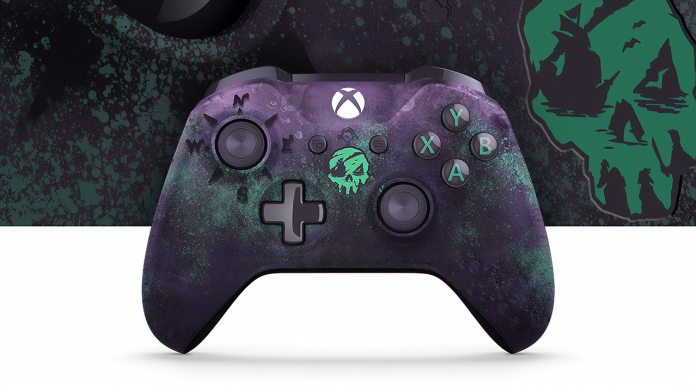“In one example, a method comprises: receiving a dead zone inflection point defining a boundary of a dead zone region and a playspace region within a normalized two-dimensional movement space, receiving a sensitivity inflection point within the playspace region of the normalized two-dimensional movement space, transforming the sensitivity inflection point to a transformed sensitivity inflection point using a sensitivity scaling function that comprises the dead zone inflection point, receiving position data representing a current position of the control stick, and transforming the current position to a transformed position using a mapping function comprising the dead zone inflection point and the transformed sensitivity inflection point,” reads the patent. The dead zone is an area at the center of the joystick that won’t translate to movement. It means that at high sensitivity, minuscule movements while holding the controller won’t throw off the user’s aim. I don’t pretend to understand all of the other jargon, but the following flow chart simplifies the concept somewhat:
Increasing Reliability
One problem is that dead zones can be unreliable as the center point a joystick rests at is not constant. Due to wear, springs, and user-related factors, the ‘middle’ point isn’t always the same. At the same time, adjusting dead zone inflection points can affect the sensitivity regions outside the dead zone. Microsoft’s patent suggests several ways to address these issues and therefore improve controller responsiveness. However, it’s worth noting that these concepts may not necessarily make it to market. Improvements can often open issues of their own or be difficult to implement on a mass scale. Even so, it’s good to see that the company is hard at work on its controllers. Earlier this week, we saw interesting concepts like a braille Xbox controller. The input method is generally less accurate than the mouse, but improvements like this could close the gap a little.




